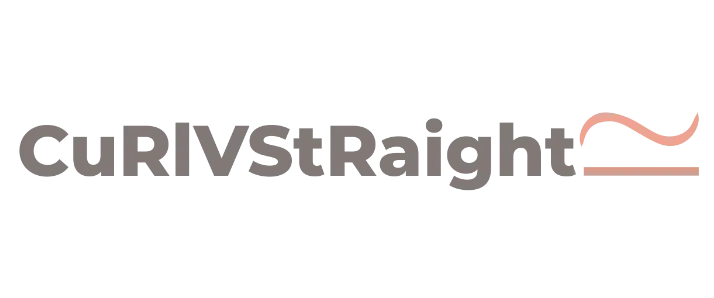
Diffuse hair loss, or diffuse thinning, is a condition characterized by a widespread reduction in hair density across the scalp rather than in localized areas. This condition can affect individuals differently depending on underlying causes and hair characteristics. Understanding the causes, confirming a diagnosis, and implementing effective treatments is crucial for managing and potentially reversing diffuse thinning.
Causes of Diffuse Hair Loss
Diffuse hair loss can result from several factors, most notably telogen effluvium, nutritional deficiencies, hormonal imbalances, and certain medical conditions. Identifying the root cause is essential:
- Telogen Effluvium:** Often triggered by stress, illness, or hormonal changes, this condition occurs when a significant number of hair follicles enter the resting (telogen) phase prematurely. A resolution typically follows once the triggering factor is mitigated.
- Nutritional Deficiencies:** Essential nutrients such as iron, biotin, zinc, and vitamin D play pivotal roles in hair health. Insufficient levels can lead to weakened hair structure and increased shedding.
- Hormonal Imbalances:** Conditions such as polycystic ovary syndrome (PCOS) or thyroid dysfunction can disrupt hormonal equilibrium, contributing to diffuse thinning.
- Medical Conditions:** Autoimmune disorders like lupus or scalp infections may manifest as diffuse hair loss due to scalp inflammation or follicular damage.
Diagnostic Approach

To correctly diagnose diffuse thinning, a comprehensive approach is recommended:
- Blood Tests:** Determine deficiencies in iron, vitamins, and hormones.
- Scalp Examination:** Assess for signs of inflammation, infections, or physical trauma.
- Pull Tests:** Evaluate the severity of shedding.
Evidence-Based Treatments

Once the underlying cause is identified, treatment can be tailored accordingly:
- Dietary Adjustments and Supplements:* For nutrient deficiencies, enhancing your diet with protein-rich foods and vitamins is beneficial. Clinical studies, such as those published in the Journal of the American Academy of Dermatology*, highlight the positive impact of iron supplementation on hair regrowth in deficient individuals.
- Topical and Oral Medications:**
- Minoxidil (Rogaine):* This over-the-counter topical treatment is among the most researched, with efficacy in promoting hair density and regrowth. Studies found in Dermatologic Therapy* support its use for both men and women.
- Spironolactone:** Particularly effective for women with androgenetic alopecia, it helps reduce androgenic activities on hair follicles. Consultation with a healthcare professional is necessary due to potential side effects.
- Calibrated Laser Therapy:* Low-level laser therapy (LLLT), endorsed by researchers in the Lasers in Surgery and Medicine* journal, improves cellular respiration and stimulates hair growth through increased blood flow to follicles.
- Corrective Haircare Products:** Focus on products free of sulfates and parabens, which could exacerbate hair loss. Instead, opt for those with strengthening agents such as:
- Keratin:** Reconstructs the hair shaft for improved resilience.
- Caffeine-based shampoos:** These stimulate follicular activity, reducing shedding. Products like Alpecin C1 strengthen newly grown strands.
- Biotin-enriched formulas:** Shampoos like OGX Biotin & Collagen help thicken and volumize the hair.
Care Methods for Diffuse Hair Loss

Maintaining the health of your hair and scalp is crucial to managing diffuse thinning:
- Gentle Scalp Massage:** Encourages blood circulation, enhancing nutrient delivery to follicles.
- Lukewarm Water:** Heat can exacerbate damage to fragile hair. Rinse with cool or lukewarm water instead.
- Limit Styling Tools:** Refrain from excessive use of heat-based styling, reducing potential follicular stress.
In conclusion, managing diffuse hair loss effectively hinges on a combination of accurate diagnosis, strategic treatment, and a well-informed hair care regimen. Engaging with a healthcare professional for personalized evaluation and following evidence-based guidance can facilitate optimal outcomes for those affected by this condition.
Frequently Asked Questions
What is the best way to diffuse curly hair to reduce frizz and damage?
To diffuse curly hair effectively and reduce frizz and damage, use a medium heat setting with low speed. Hold the diffuser about 10cm away from your hair and move it in slow circular motions. Avoid touching your hair during the process to prevent frizz[3][4].
How should I diffuse my curly hair to achieve maximum volume?
To achieve maximum volume, start by using the hover diffusing technique, focusing on your roots first. Tip your head to the side to dry the roots underneath. Once your roots are dry, switch to the pixie diffusing method to enhance curl definition and volume. Flipping your hair upside down can also help in drying the front section and adding volume[4][5].
What are some common mistakes to avoid when diffusing curly hair?
What techniques can I use to enhance curl definition while diffusing?
To enhance curl definition, you can use techniques such as hover diffusing, upside-down diffusing, and pixie diffusing. Hammock diffusing is also effective for long, wavy, or curly hair, as it helps lift curls and dry them in a more compressed position[5].
References

Leave a Reply